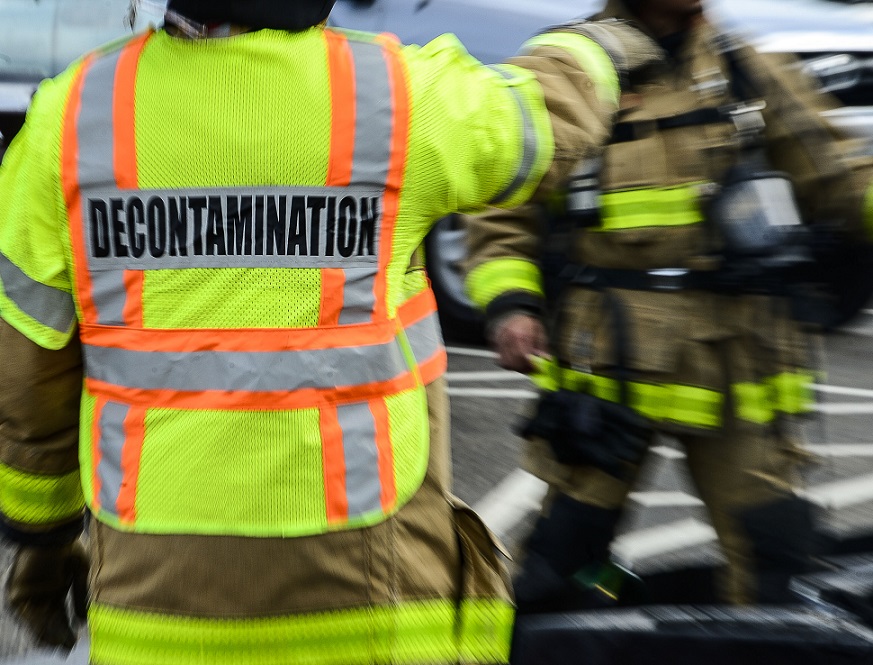
This post is also available in:
 עברית (Hebrew)
עברית (Hebrew)
For a number of years Dstl – the UK Defence Science and Technology Laboratory – has been researching the potential of using autonomy and unmanned systems to survey wide areas for chemical, biological and radiological (CBR) hazards. Such solutions can remove the need for people to enter into hazardous areas, even if they are inside a protected vehicle.
A UK government investment with industry will help develop a concept demonstrator to be used in wide area experimental trials.
Dstl Project Lead, Ian Napier, said Dstl has already received great support and engagement from those within the military CBRN community. The project is now keen to expand out beyond MOD and see what industry can bring.
Dstl has contracted HORIBA MIRA to adapt a VIKING 6×6 uncrewed ground vehicle (UGV) and integrate a suite of chemical and radiological sensors supplied by Dstl. Making good use of open architectures should allow the development of a CBR sensor suite on a standard ‘pallet’, which could then be mounted onto the appropriate platform as and when required.
Last year Dstl purchased 3 all-terrain VIKING 6×6 uncrewed ground vehicles, which are capable of carrying payloads of up to 750kg and using advanced AI-based autonomy with GPS-denied navigation.
These VIKINGS were purchased under project THESEUS for autonomous logistics resupply missions and are being used for early de-risking work to increase MOD’s understanding of the capabilities and limitations of these systems in areas such as mobility, vulnerabilities and safety.
This new contract will now also fund the development of autonomy algorithms to allow the CBR sensor outputs to help drive the behaviour of the UGV, to detect and map areas of chemical or radiological hazards.
The concept demonstrator will include new sensors and autonomous behaviours, modular autonomous control equipment (MACE), the ATLAS GNSS denied navigation system and a user interface provided by Dstl – Base Station RAS management software.
The resulting system will enable significant sensor payloads to be carried over large areas at speed, according to indiaeducationdiary.in.

























